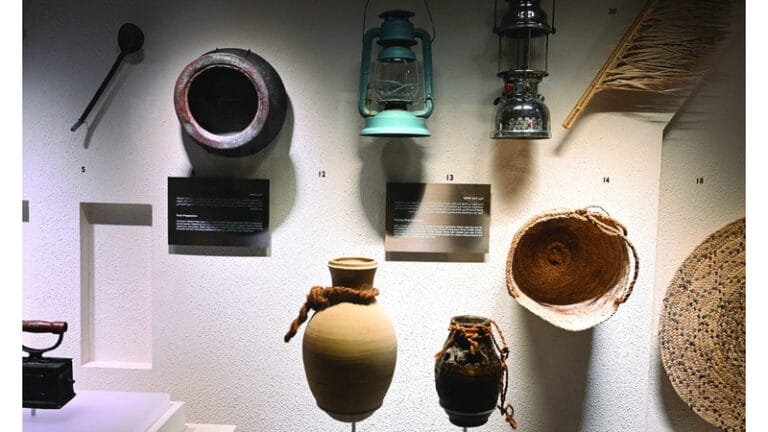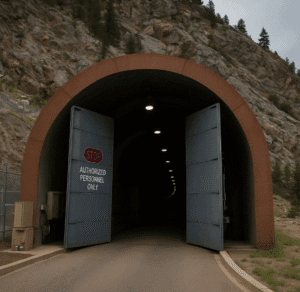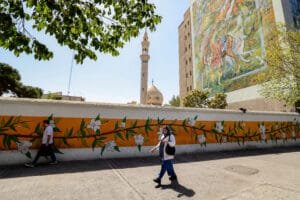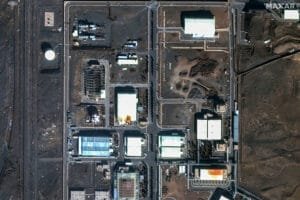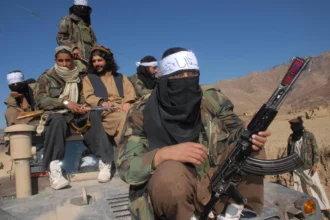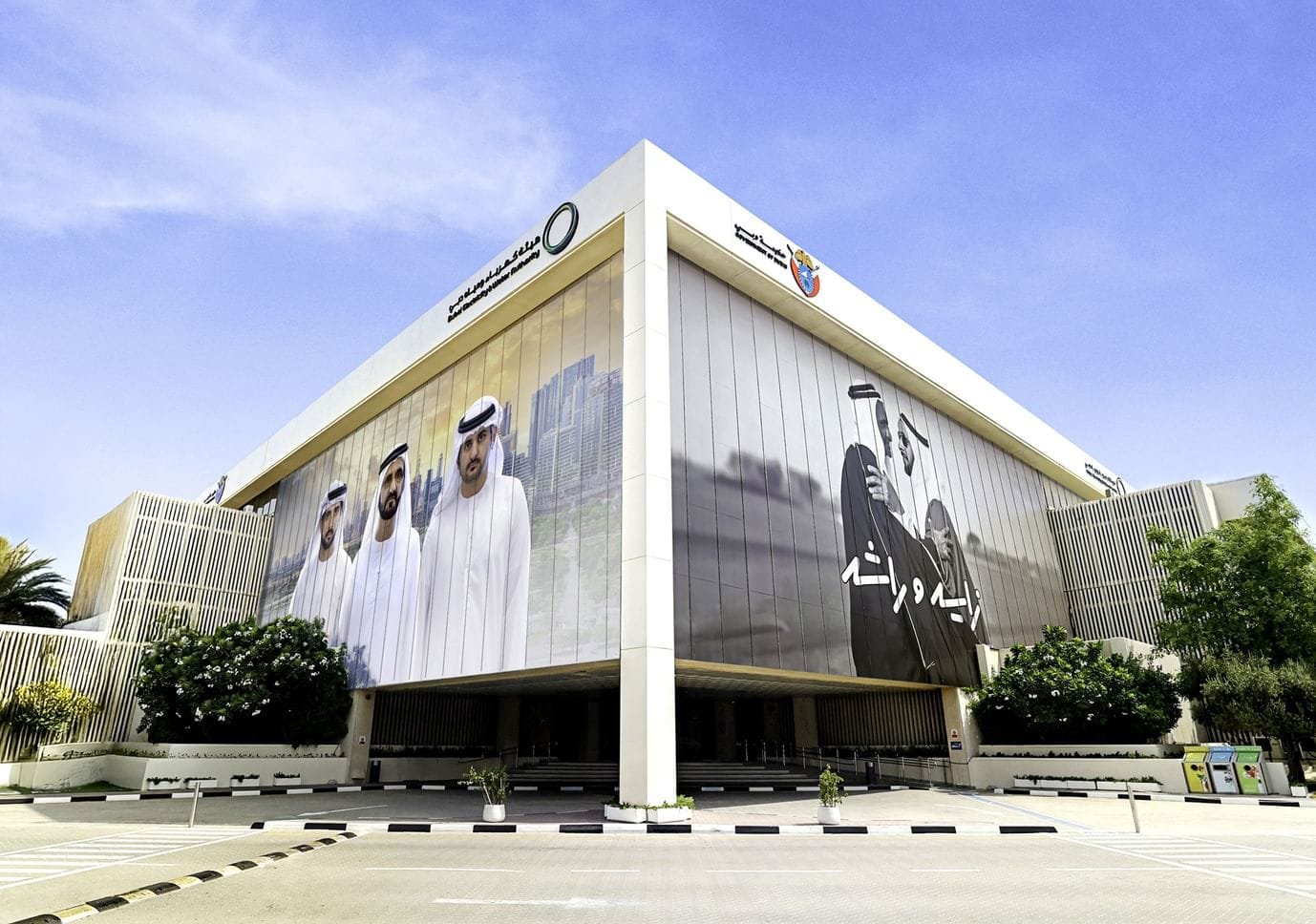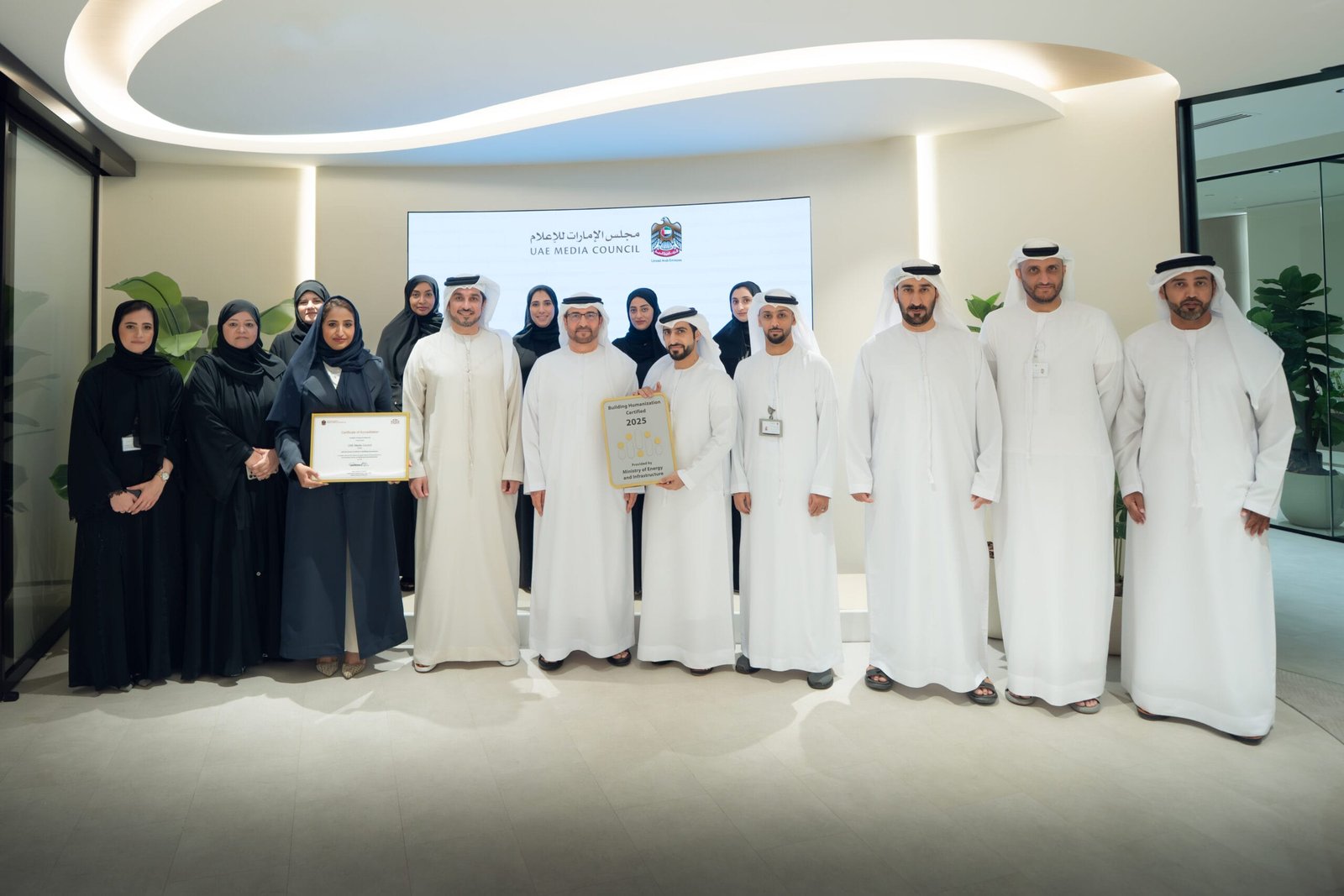Al Ain, United Arab Emirates – Director of Al Ain Museum, Omar Salem Al Kaabi, revealed that the museum’s redevelopment and rehabilitation project led to the discovery of important archaeological sites located under the museum’s campus, including falaj and a cemetery dating back to the pre-Islamic period.
He stressed that the Department of Culture and Tourism – Abu Dhabi was keen to preserve it so that visitors could experience viewing archaeological sites inside the museum halls.
Al-Kaabi said that the museum, after expanding to 8,000 square meters, displays more than 1,800 archaeological and historical pieces.
The oldest of them, “dating back 300,000 years from the Paleolithic Age”, presents the story of the eye in a narrative way through interactive media.
Al Kaabi described the Al Ain Museum as “the point where every visitor to Al Ain should stop” before setting off for other cultural sites.
He stressed that the museum will be full of diverse programs for students, families and international visitors.
Peter Sheehan, head of the Historic Buildings Department, revealed details of the discoveries.
He explained that when the renovation began, the remains of the “old Al-Hosn neighborhood” that had been demolished in the recent period were first found and documented, and cut-off features (excavations filled with sand or other materials) began to appear at a depth of about one and a half meters underground.
He pointed out that about 200 landmarks were discovered, most of which turned out to be “Aflaj wells, the oldest of which dates back to the Iron Age 3,000 years ago”.
Sheehan noted that another major discovery is a “huge stone tomb” first found in Al Ain, also dating back to the late pre-Islamic period, around which were found individual graves containing “intact primary funerary artifacts», now on display in the hall.”
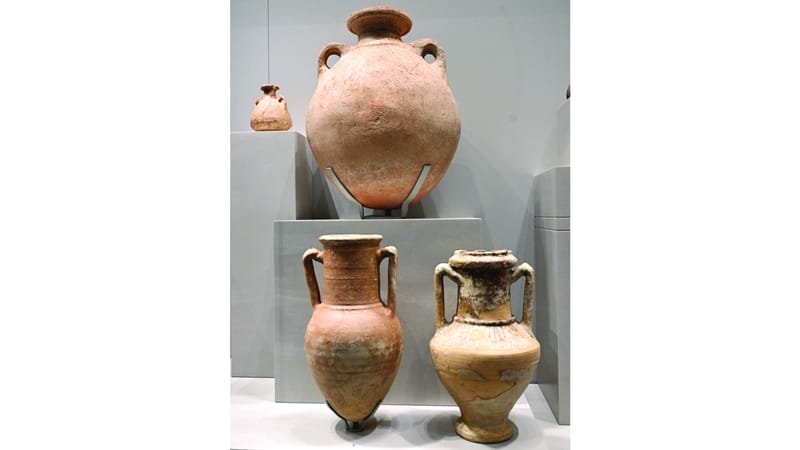
new facilities
Abdulrahman Al Nuaimi, Head of the World Heritage Sites Department at the Department, confirmed that Al Ain Museum, which is the oldest museum in the country, has witnessed the addition of new facilities, including large exhibition halls, conservation and restoration laboratories, and a research center, in line with developments in the field of museums, to place it among the ranks of international museums.
Al-Naimi explained that the continued archaeological discovery resulted in “archaeological finds” that are now on display in the museum, such as pottery, arrowheads, and stone tools.
He pointed out that the research center that will be added aims to collect important sources about the cultural heritage of the UAE for researchers.
The department’s archaeologist, Noura Al Marzouqi, explained that the team used advanced technologies such as “drones (drones) and 3D models” during the excavation, to preserve the sites and make them available to visitors.




